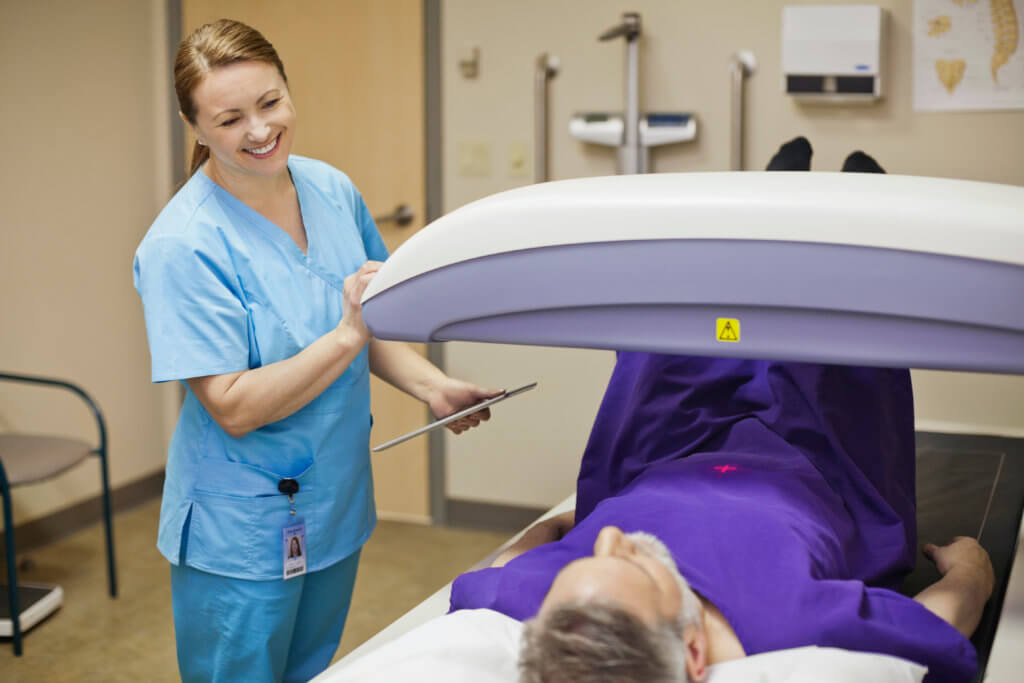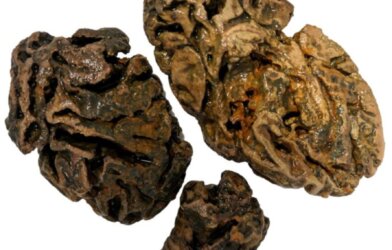Scientists report that a bone density scan could reveal if patients are at an increased risk of developing late-life dementia. The disease has become increasingly common in people over 80.
An international team of researchers found a link between vascular health and late-life dementia. Edith Cowan University scientists say calcification buildup within the abdominal aorta — the largest artery in the body which supplies oxygenated blood from the heart to the abdominal organs and lower limbs — is not only useful to predict cardiovascular disease risk, it can also be a reliable marker for late-life dementia.
Researchers analyzed the calcium buildup results — known as abdominal aortic calcification, or AAC — in 968 women from the late 1990s and followed up on their health status over 15 years. The study shows that one in two older women had medium to high levels of AAC. These women were twice as likely to be hospitalized or die from a late-life dementia.
Professor Simon Laws, director of the Center for Precision Health, says that AAC could identify dementia risk earlier in people’s life. “There’s an adage in dementia research that what’s good for your heart is good for your brain,” he explains in a statement. “This study reaffirms this link and further adds to our understanding of late-onset dementia risk and potential preventative strategies.”
Researchers add that AAC can be detected using lateral spine scans from bone density machines.
“AAC is important as it was able to identify dementia risk in people who don’t have the major genetic risk factor present in 50 percent of people who develop Alzheimer’s disease, which is the most common form of dementia,” says Laws.
Joshua Lewis, Edith Cowan University associate professor and National Heart Foundation Future Leader Fellow, notes that an additional scan capturing lateral spine images can be performed when people undergo standard bone density tests.
“It’s generally very quick and easy to capture these scans and they are less invasive, cheaper and minuscule in radiation exposure compared to X-rays or CT scans,” says Lewis. “We know the causes of AAC go beyond traditional cardiovascular risk factors and many of these causes overlap with late-life dementia risk factors.”
Lewis adds that integrating dementia risk into discussions surrounding cardiovascular health could help people make the necessary lifestyle changes they need to do.
“I think the next step is telling people about their AAC and late-life dementia risk to see if this can motivate healthy diet and lifestyle behavior changes,” says Lewis.
The study was published in the journal The Lance Regional Health – Western Pacific.












